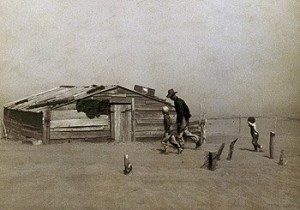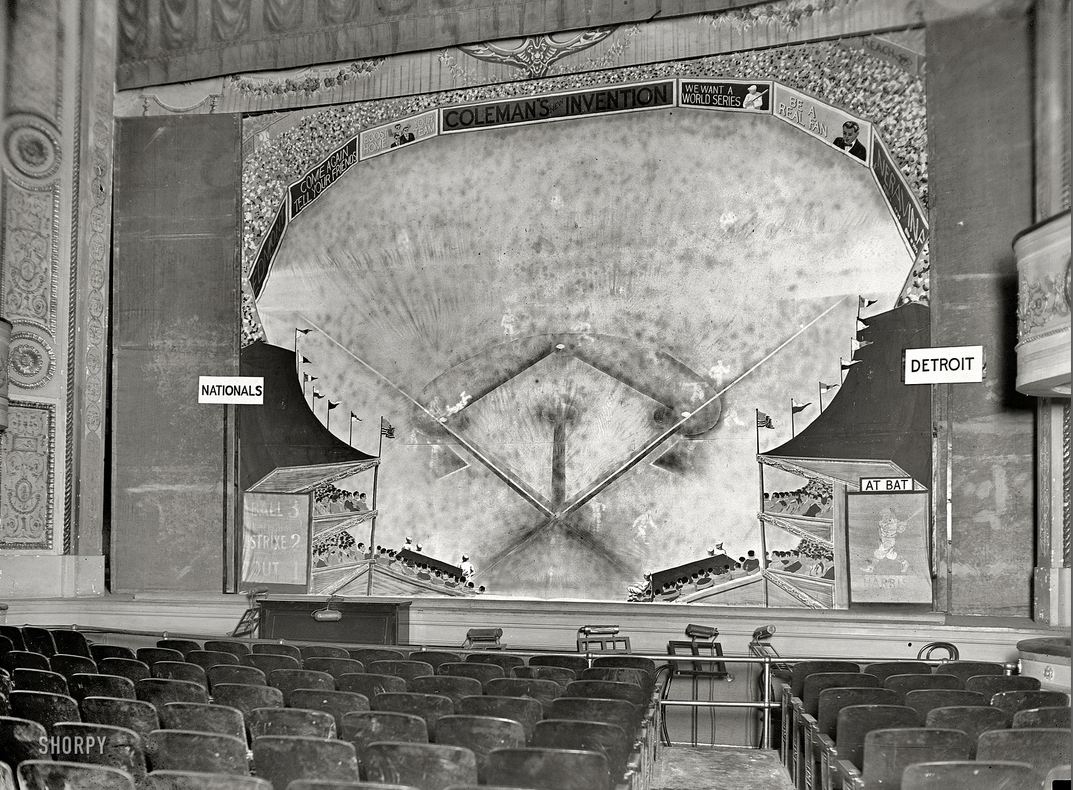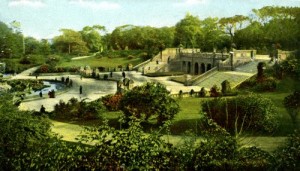These are gloomy days in much of rural America. One national newspaper described what it called a giant “rural ghetto.” Another’s story, titled “America’s Failed Frontier,” concluded that the farm belt is steadily dying. When we think about ghettos, we picture old, dilapidated inner-city communities. But poverty and decay are rife in the country as well.
By that I mean the country country, where cows and chickens and coyotes, as well as people, live the best they can.
Boom-and-bust cycles are nothing new to rural America, of course. In 1987 two New York academics, Deborah and Frank Popper, found the economic prospects on the Great Plains so grim that they advanced a radical solution that has become a metaphor for a region in steady decline:
Shut the whole place down, the Poppers advocated, and return it to a “buffalo commons,” where tourists could see bison once again and hike the tallgrass prairie.
That was exaggeration for effect. At least I hope so.
But this year, Oklahomans and Texans have lived through the worst drought since the Dust Bowl days of the 1930s. And there’s been a sharp drop in commercial activity in nearly every county — and declining population in several — all the way up to North Dakota at the Canadian border.
In fact, America’s poorest county is nowhere near a big city. Ironically — the Poppers should read this — it’s Buffalo County, South Dakota. Four other counties with the nation’s 20 lowest income levels are in South Dakota, too, and the remaining 15 are in rural parts of Texas, North Dakota, Alaska, Mississippi, Kentucky, Louisiana, and New Mexico.
In hard-pressed rural backwaters, the triple whammy of a shaky national economy, ever-fluctuating farm prices, and continued takeovers by corporate farming enterprises has put thousands of small-scale family farmers out of business.
At the same time, millions of rural, often low-skill, industrial jobs, especially in the South, have fallen prey to the dismal trends in U.S. manufacturing, including downsizing, plant modernization, and the export of jobs overseas. In many Midwest states, Hispanic workers have moved in to take low-paying jobs in mills and processing plants, changing not only employment demographics but also the entire cultural dynamic of what was once a homogeneous — non-Hispanic white — population.
Rural Iowa alone has 12 times as many Hispanic residents as it had a decade earlier.
In that same period, almost one-third of rural Great Plains counties lost 10 percent or more of their people. Meantime, 103 plains counties that include decent-sized cities grew by 12.7 percent.
So what is now America’s age-old flight from farms to big towns has not abated.
It’s easy to understand why. According the University of New Hampshire’s Carsey Institute, which conducts policy research on vulnerable children and families, 46 per cent of America’s rural children live in poverty.
Good news in the country country is hard to find.
I’m a city fella, born and raised and still dwelling. But a few years ago, on an extended visit to Kansas, I got a sobering look at the challenges that rural Americans face.

That's Steve Bacchus in the center, with Chris and Karen Campbell of Leavenworth County, Kansas, on a lobbying trip to Washington. (Kansas Farm Bureau)
Steve Bacchus was, and remains, the farm bureau president there. “There’s a tremendous amount of heartache,” he told me.
My phone rings literally daily — not just from farmers who are losing their land, being forced off the land because they can’t get the money to keep going. But I get phone calls from businesses. And they’re asking, how are they going to stay in business? How do we sell enough cars to stay here, or the insurance companies, how do they sell enough policies to stay on Main Street? There is real concern out in the country now about not just losing the American farm in rural Kansas, but losing rural communities, entire towns simply dying and going away.
Things fluctuate out in the country country from month to month and year to year, depending on crop prices, droughts, and storms. But most economic trend lines keep spiking downward.
At the state’s principal agricultural research center, Kansas State University in Manhattan, economist David Darling has tracked it.
“As they say in Chinese proverbs, ‘May you live in interesting times,’” he said to me. “Well, there are a lot of people in Kansas who are hurting, and there’s no question about it. The question is, what are we going to do about it?”

Darling told me he is in what he calls the “hope business.” He tries to help small towns take advantage of what assets they have. Dr. Darling says survival in hard times calls for a core of optimists willing to develop a vision for their town, then an economic action plan. But more often than not instead, he says, skepticism greets him.
There’s a lot of hurt in the countryside. They really do have to ask themselves, “How are we doing business? And should we do business a new way?” I was in Ellsworth the other day, and they actually admitted to me that they do not have a coherent plan to move forward. Places that are hurting the most often are their own worst enemy.
The best hope for many rural counties, Darling believes, is a regional approach in which economically sound communities like Salina and Hays become employment, education, and medical hubs, and surrounding counties offer recreation, tourism and agricultural support. Read the rest of this entry »






































